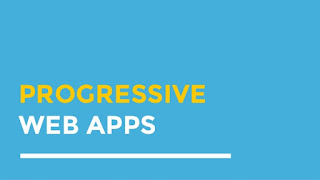Top 9 Android Development Key point that every Developer Should Follow

Hi Folks, Have you ever noticed some app are widely used by user but some are not although they have almost same features and usage. Here is the list of top 9 practices for android development that every Developer should follow: 1.Architecture While Planning your app make sure you should taking care of the app architecture from developer as well as user point. In future if you want to add some more functionality then you can easily do that. https://github.com/googlesamples here you can find some good example of app architecture developed by google. 2.Memory Random-access memory (RAM) is a valuable resource in any software development environment, but it's even more valuable on a mobile operating system where physical memory is often constrained. Although both the Android Runtime (ART) and Dalvik virtual machine perform routine garbage collection, this does not mean you can ignore when and where your app allocates and releases memory. You still need to avoid i


